Starting kindergarten is a big milestone—for both your child and you. Between new schedules, early mornings, and busy school days, a consistent bedtime routine can make all the difference. The right essentials create a sense of comfort, predictability, and peace that help your kindergartener wind down and get the rest they need.
Here are the top 10 bedtime essentials every kindergartener needs:
1. Comfortable Pajamas

Soft, comfortable pajamas are the first step toward a smooth bedtime. Choosing breathable fabrics like cotton keeps your child cozy without overheating, and avoiding scratchy seams helps kids with sensitive skin rest better. Having a few favorite sets also cuts down on bedtime battles, since your child feels like they’re choosing what to wear. Fun patterns or even pajamas with a favorite character can make putting them on something your child looks forward to every night.
2. Bedtime Storybooks
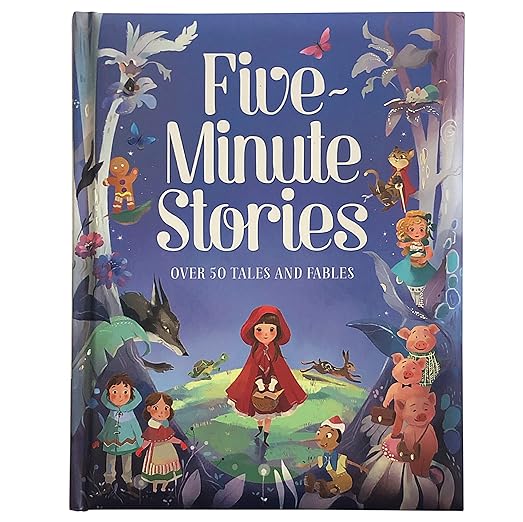
Few things create stronger memories than bedtime storybooks. Reading together not only sparks imagination but also strengthens your connection at the end of a busy day. A consistent “one story before lights out” routine sets clear expectations, helping your kindergartener recognize the rhythm of winding down. Letting your child pick the book gives them a sense of control and excitement, making storytime a treasured part of their routine.
3. Security Item

A security item—like a stuffed animal, special blanket, or “lovey”—offers comfort when the lights go out. The familiar touch of this item creates emotional safety as your child transitions from play to rest. It can also help them self-soothe if they wake during the night, easing them back to sleep without calling for you. Many parents even keep a backup version of the favorite item to prevent meltdowns if it’s misplaced.
4. Night Light
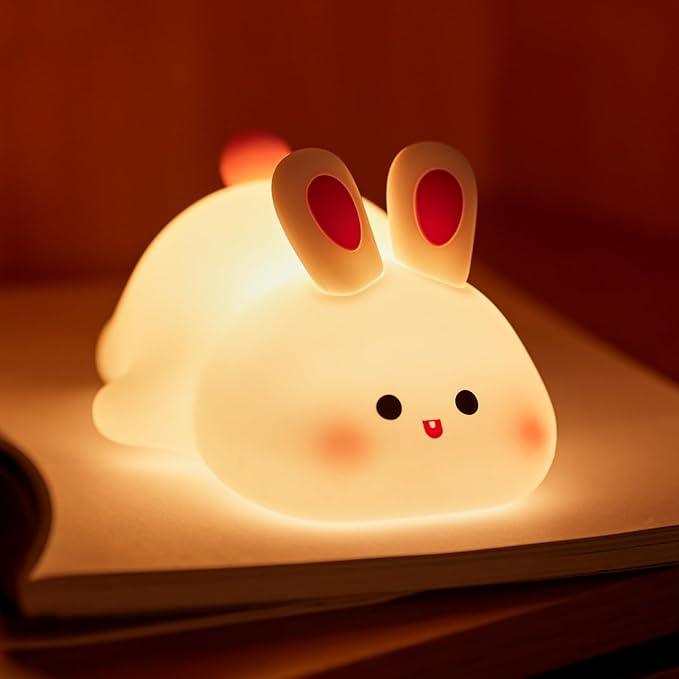
For kids nervous about the dark, a night light can make all the difference. Choosing a small, warm-toned light helps them feel secure without disrupting sleep cycles. These lights are especially helpful for children who get up during the night to use the bathroom or need reassurance. Keeping the night light in the same place every evening adds to the consistency that builds trust and calm at bedtime.
5. Bedtime Routine Chart
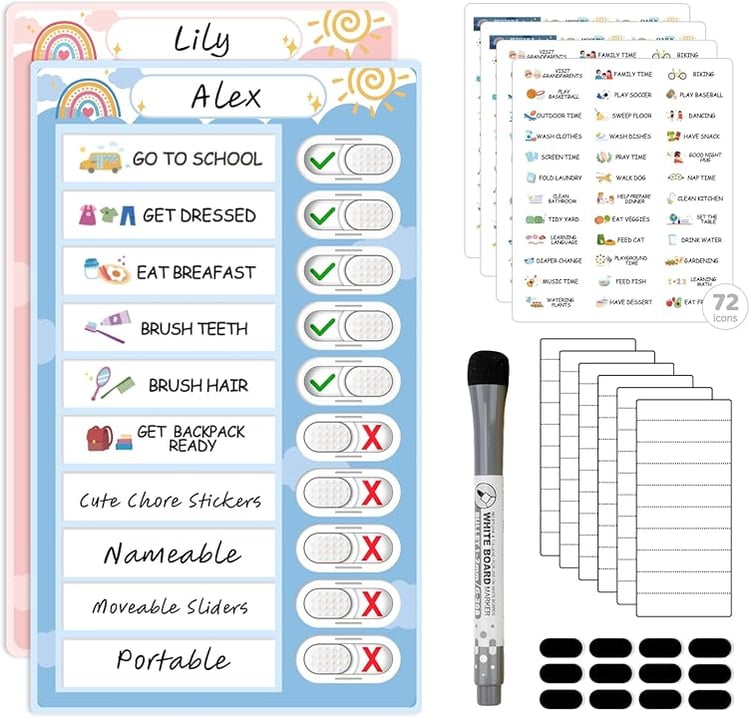
A bedtime routine chart takes the guesswork out of nightly transitions. With simple steps like “brush teeth, put on pajamas, storytime, lights out,” your child knows exactly what to expect. The visual reminders give them independence while cutting down on constant nagging. Over time, many children feel a real sense of pride and accomplishment when they can complete the chart on their own.
6. White Noise or Soothing Sounds
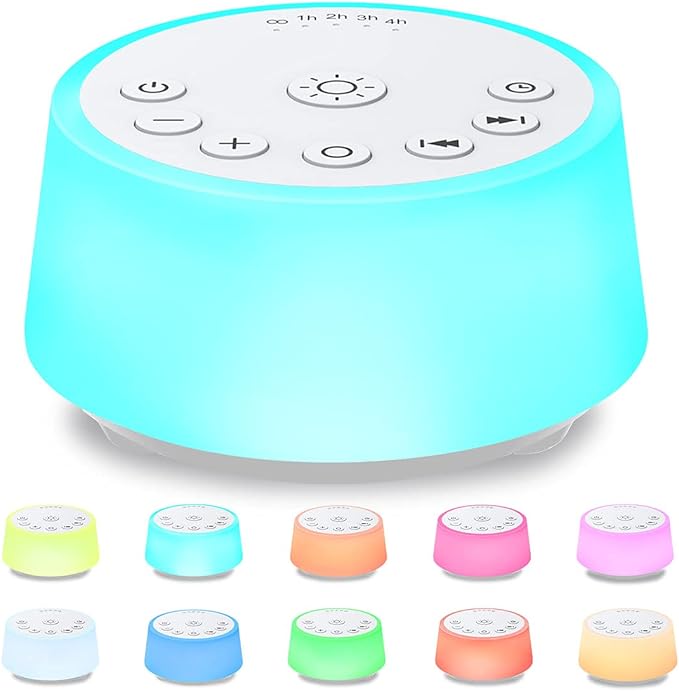
Adding white noise or soothing sounds can transform bedtime into a more peaceful experience. The gentle hum of a sound machine masks household noise, which is especially useful in busy homes or if siblings go to bed later. Over time, the consistent sound becomes a sleep cue, signaling your child’s brain that it’s time to rest. Kids often begin to associate these sounds with falling asleep faster and staying asleep longer.
7. Comfortable Bedding
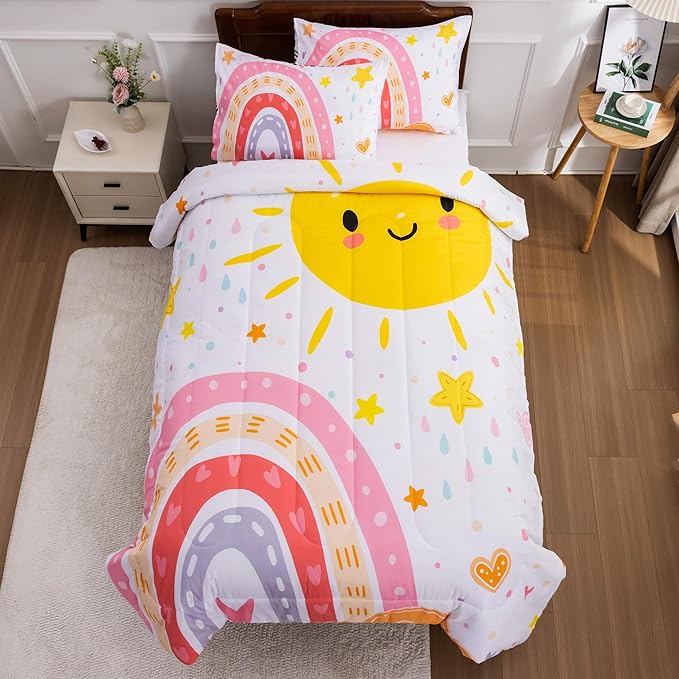
Never underestimate the power of comfortable bedding. Soft sheets, a supportive pillow, and the right blanket for the season all play a role in restful sleep. Using lightweight layers makes it easier to adjust if your child feels too hot or too cold. Involving your child in picking the colors or designs of their bedding can also make their bed a place they’re excited to snuggle into. Fresh, clean bedding completes the sense of comfort and care.
8. Room Environment

The room environment sets the stage for better sleep. Experts recommend a slightly cool bedroom, ideally between 68–72°F, to help kids fall asleep and stay asleep. Blackout curtains are helpful if early morning sun or streetlights shine in. Even keeping the room clutter-free makes a difference, as fewer distractions create a calming, restful space for your kindergartener.
9. Wind-Down Activity

A calming wind-down activity bridges the gap between playtime and sleep. Simple choices like coloring, puzzles, or light stretching help lower energy levels and prepare your child’s body for rest. Doing the same activity each evening creates a predictable pattern that kids learn to rely on. Keeping the time short—about 10 to 15 minutes—is usually just right to shift into sleep mode.
10. Consistent Bedtime
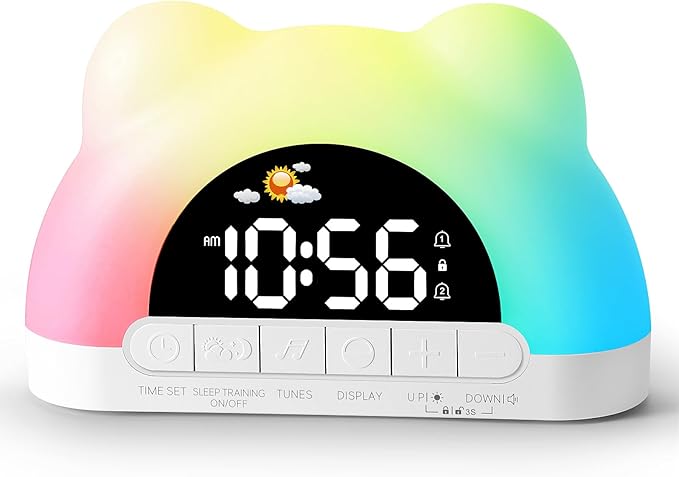
A consistent bedtime is one of the most powerful sleep tools you can give your child. Going to bed at the same time each night helps regulate their internal clock, making it easier to fall asleep and wake up rested. Even on weekends, sticking close to the routine keeps mornings smoother. Over time, this consistency reduces bedtime battles because your child already knows what to expect.
Why These Essentials Matter
Bedtime isn’t just about getting kids to sleep—it’s about creating an environment where they feel safe, loved, and prepared for tomorrow. The consistency of a routine gives kids confidence, and the right essentials make the process smoother for everyone in the family.
A Final Word on Bedtime
Bedtime doesn’t have to feel like another battle at the end of an already long day. With the right essentials in place, your kindergartener will settle in easier, and you’ll both enjoy the comfort of a predictable rhythm. It’s not about making every night perfect—it’s about creating consistency that gives your child security and gives you peace of mind.
If evenings still feel a little overwhelming, don’t worry—you’re not alone. Having simple tools in your back pocket makes all the difference. That’s exactly why I created the Morning + After-School Routine Printable. It helps your family keep track of the small but important steps that set up smoother days (and calmer nights).
👉🏼 Grab your copy here: Morning + After-School Routine Printable and see how it can take the stress out of your daily routine.
Here’s to more restful nights, smoother mornings, and creating a home that feels good for you and your kids.
You may also enjoy:
- Top 10 Bedtime Routine Tips for School Nights (Kindergarten Edition)
- 10 Best Bedtime Books for Kindergarteners (Age 5–6)
This post may contain affiliate links, which means I may earn a commission if you purchase through them (at no extra cost to you!) Portions of this content may be generated by AI.


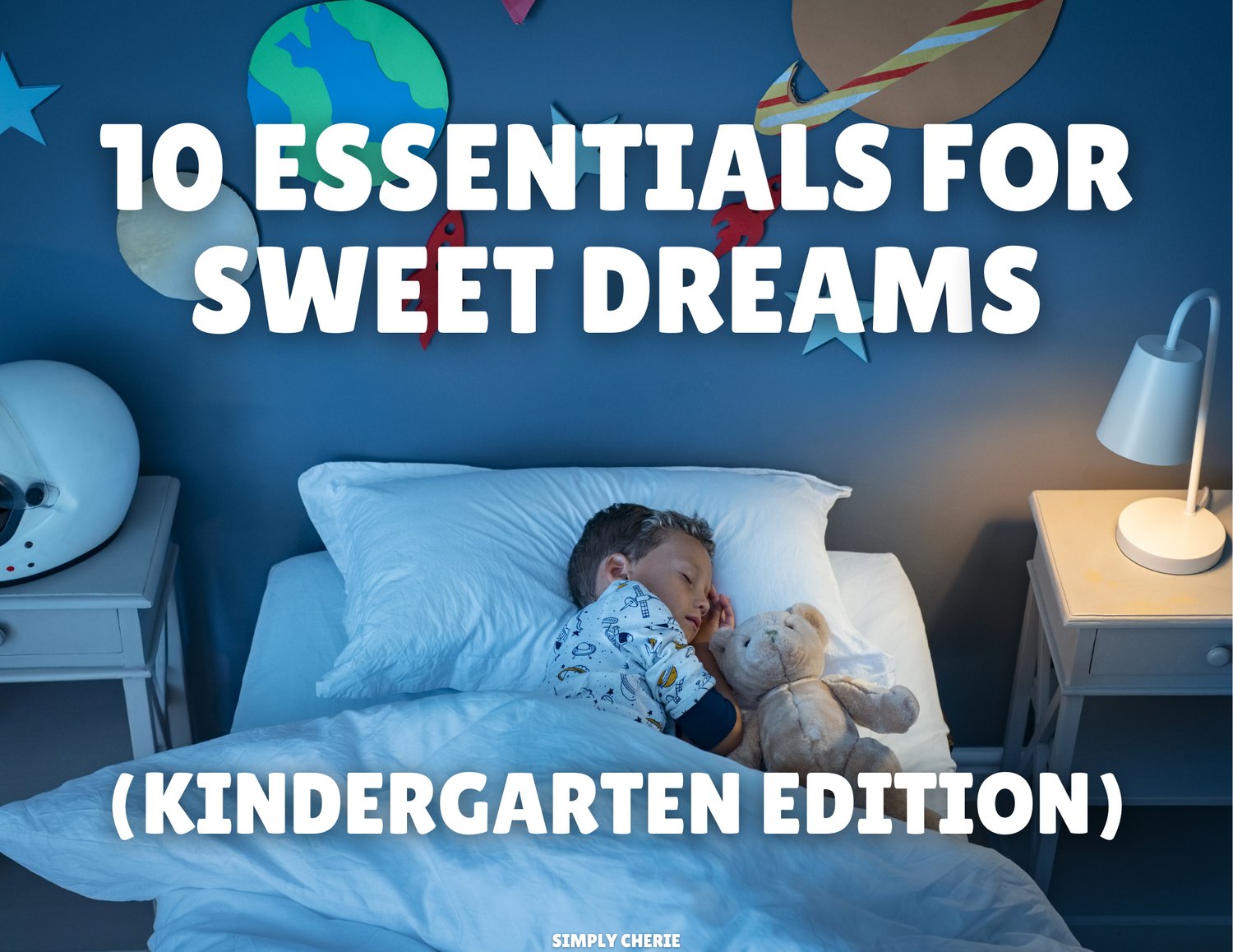
Comments ()